Science, Space and Technology News 2024
Discoveries from the James Webb Space Telescope suggest early galaxies were forming complex structures like bars significantly earlier, pointing to accelerated evolution. Credit: SciTechDaily
A grey-scale image of the galaxy EGS_31125 at 10.6 billion years ago, visually classified as strongly barred . From left to right: Hubble Space Telescope WFC3 F160W and James Webb Space Telescope NIRCam F356W and F444W. This filter comparison demonstrates the effects of Point Spread Function , sensitivity and wavelength range on a galaxy image, particularly in the context of bars.
A grey-scale image of the galaxy EGS_31125 at 10.6 billion years ago as seen by the Hubble Space Telescope. The galaxy’s bar cannot be seen. Credit: Zoe Le ConteThe researchers used the JWST to look for bar formation in galaxies as they would have been seen between 8 to 11.5 billion years ago. The Universe itself is 13.7 billion years old. Of 368 disc galaxies observed, the researchers saw that almost 20 percent had bars – twice as many than observed by Hubble.
United States Latest News, United States Headlines
Similar News:You can also read news stories similar to this one that we have collected from other news sources.
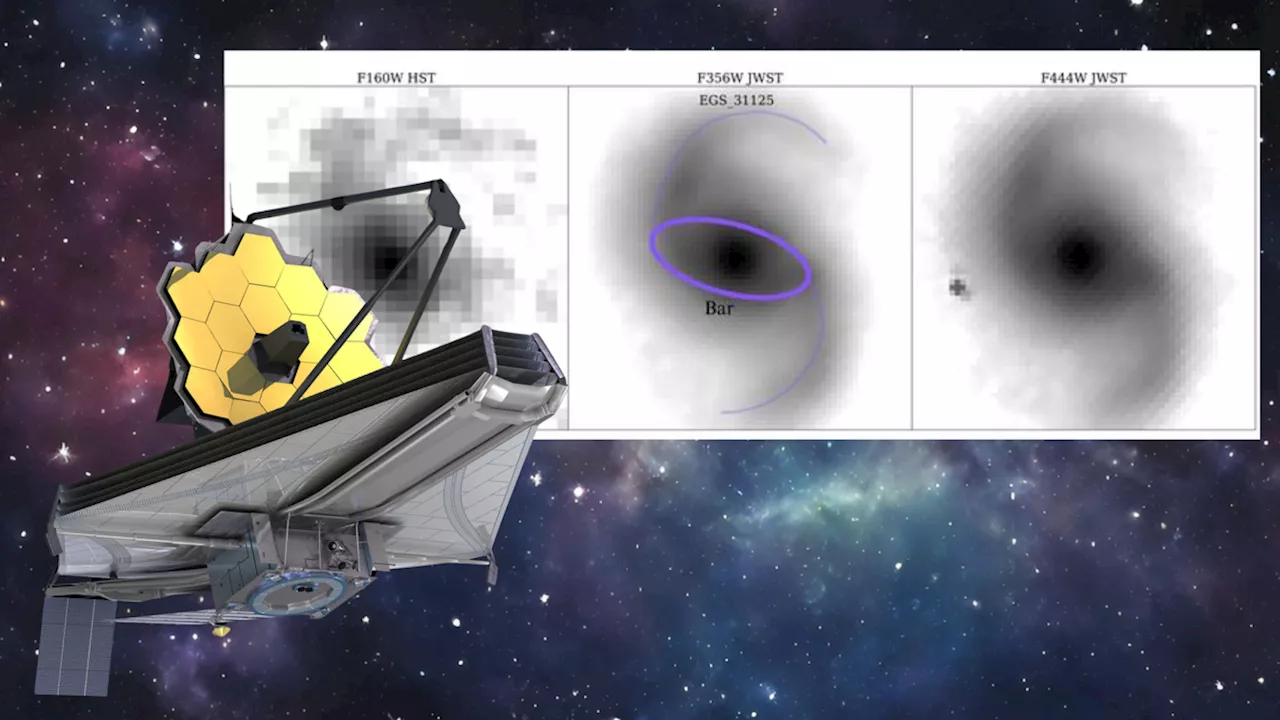 James Webb Space Telescope discovers some early universe galaxies grew up surprisingly fastRobert Lea is a science journalist in the U.K. whose articles have been published in Physics World, New Scientist, Astronomy Magazine, All About Space, Newsweek and ZME Science. He also writes about science communication for Elsevier and the European Journal of Physics. Rob holds a bachelor of science degree in physics and astronomy from the U.K.
James Webb Space Telescope discovers some early universe galaxies grew up surprisingly fastRobert Lea is a science journalist in the U.K. whose articles have been published in Physics World, New Scientist, Astronomy Magazine, All About Space, Newsweek and ZME Science. He also writes about science communication for Elsevier and the European Journal of Physics. Rob holds a bachelor of science degree in physics and astronomy from the U.K.
Read more »
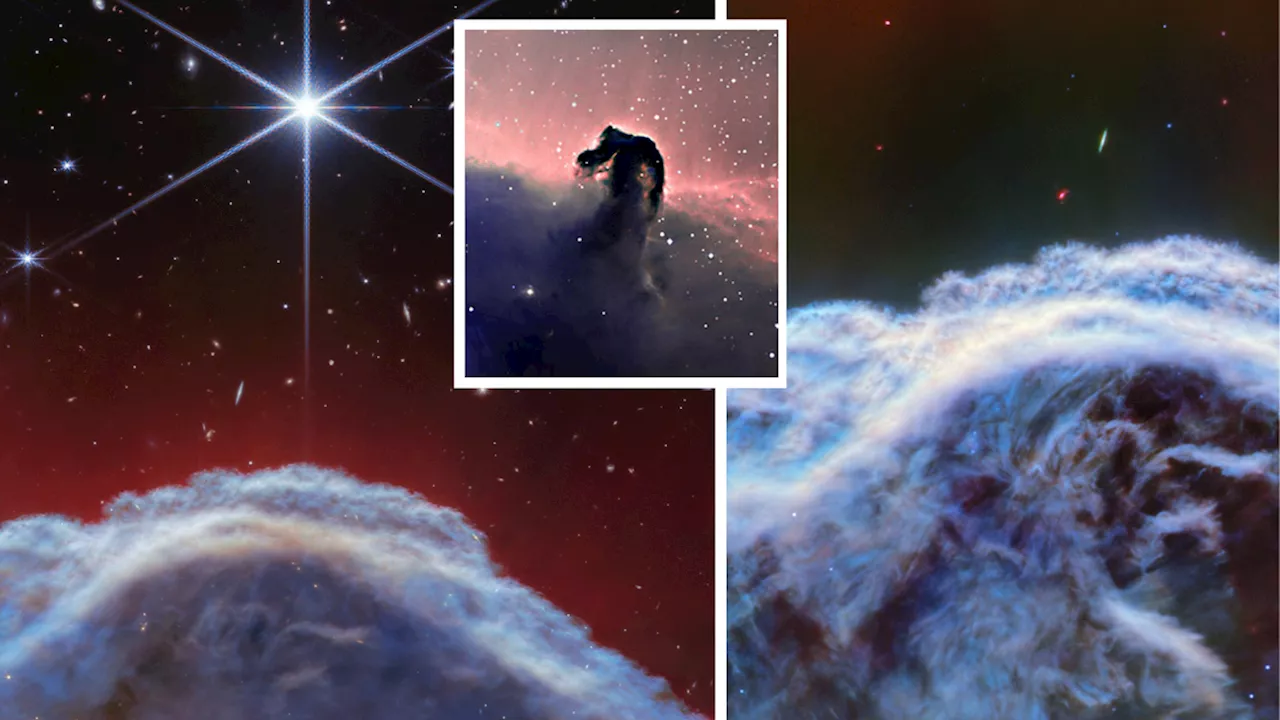 Horsehead Nebula rears its head in gorgeous new James Webb Space Telescope images (video)Robert Lea is a science journalist in the U.K. whose articles have been published in Physics World, New Scientist, Astronomy Magazine, All About Space, Newsweek and ZME Science. He also writes about science communication for Elsevier and the European Journal of Physics. Rob holds a bachelor of science degree in physics and astronomy from the U.K.
Horsehead Nebula rears its head in gorgeous new James Webb Space Telescope images (video)Robert Lea is a science journalist in the U.K. whose articles have been published in Physics World, New Scientist, Astronomy Magazine, All About Space, Newsweek and ZME Science. He also writes about science communication for Elsevier and the European Journal of Physics. Rob holds a bachelor of science degree in physics and astronomy from the U.K.
Read more »
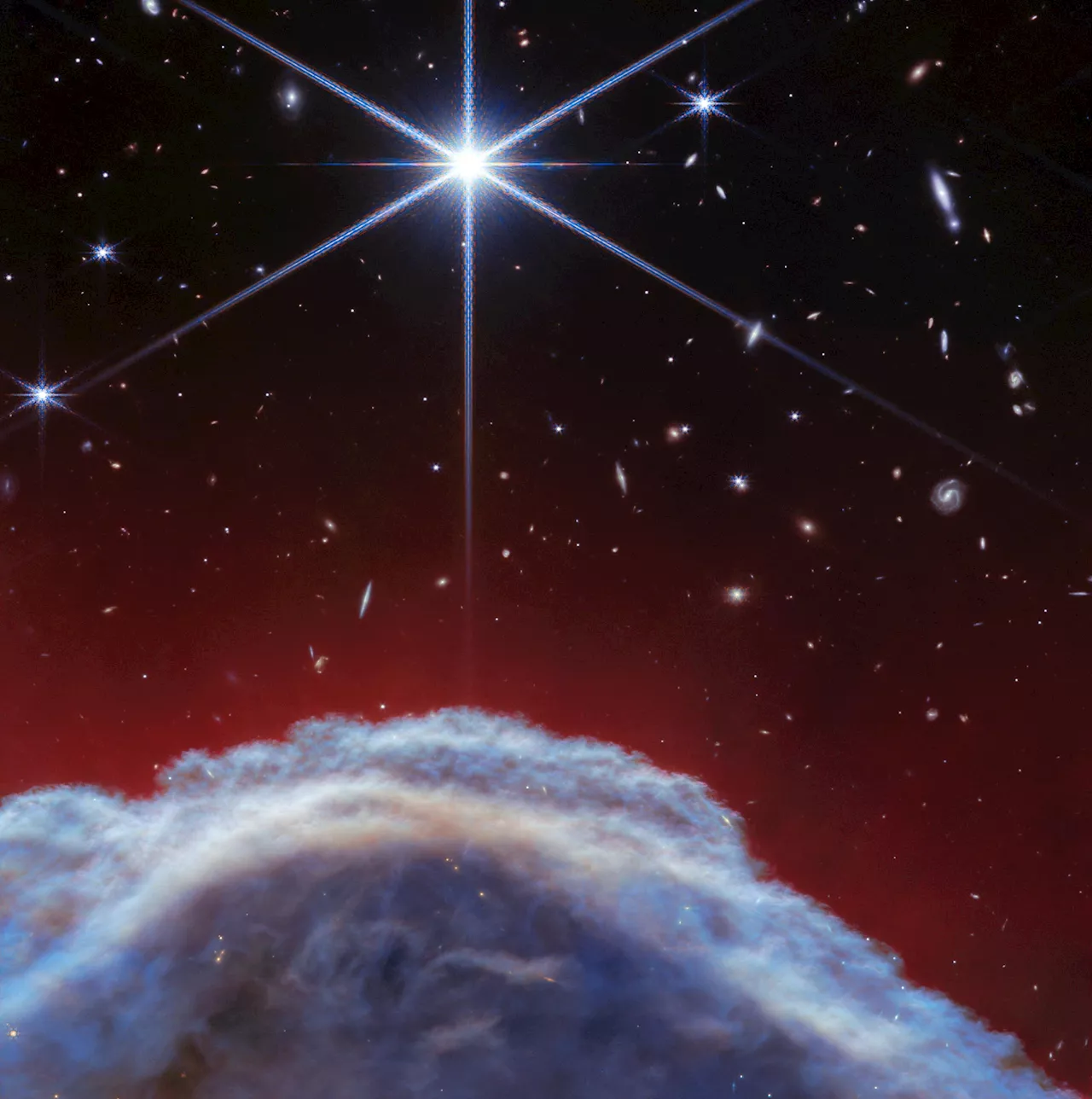 Webb Space Telescope Reveals Hidden Layers of the Iconic Horsehead NebulaScience, Space and Technology News 2024
Webb Space Telescope Reveals Hidden Layers of the Iconic Horsehead NebulaScience, Space and Technology News 2024
Read more »
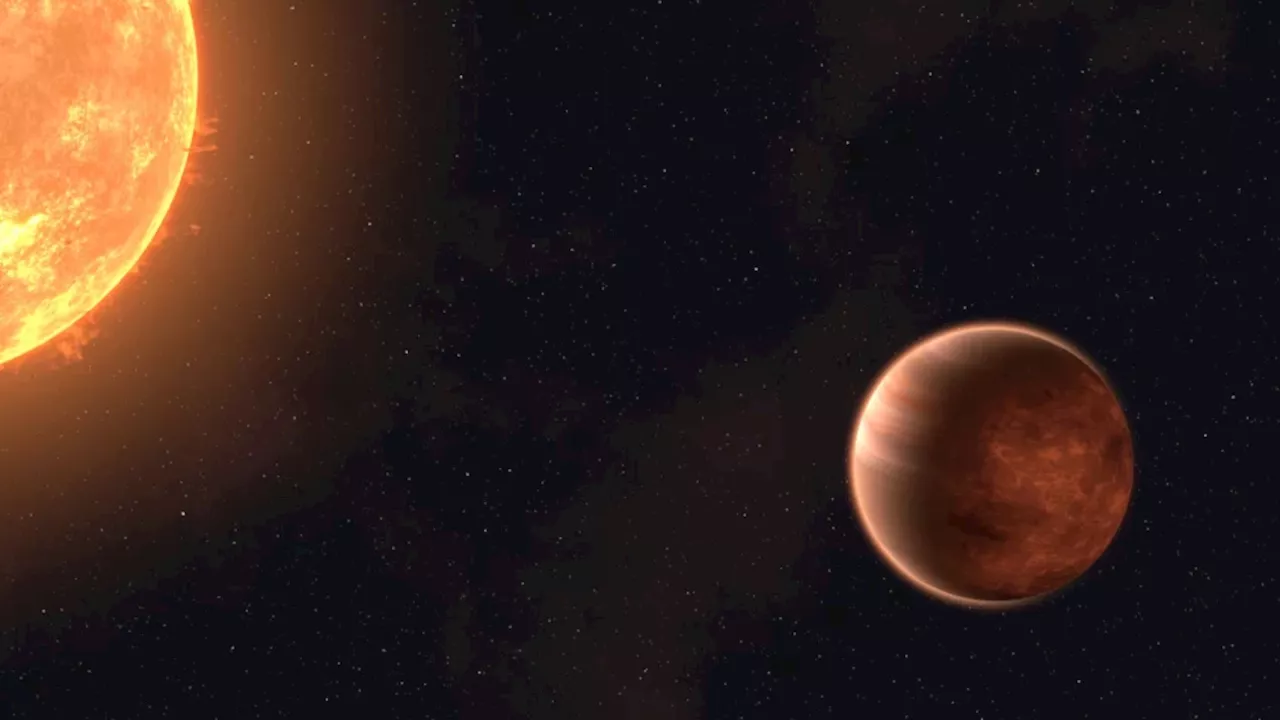 James Webb Space Telescope forecasts clouds of melted rock on this blisteringly hot exoplanetRobert Lea is a science journalist in the U.K. whose articles have been published in Physics World, New Scientist, Astronomy Magazine, All About Space, Newsweek and ZME Science. He also writes about science communication for Elsevier and the European Journal of Physics. Rob holds a bachelor of science degree in physics and astronomy from the U.K.
James Webb Space Telescope forecasts clouds of melted rock on this blisteringly hot exoplanetRobert Lea is a science journalist in the U.K. whose articles have been published in Physics World, New Scientist, Astronomy Magazine, All About Space, Newsweek and ZME Science. He also writes about science communication for Elsevier and the European Journal of Physics. Rob holds a bachelor of science degree in physics and astronomy from the U.K.
Read more »
 Webb space telescope detects Mach 7 speed winds on a ‘2-faced planet’Scientists used Webb's MIRI (Mid-Infrared Instrument) to monitor light from the WASP-43 system every 10 seconds for more than 24 hours.
Webb space telescope detects Mach 7 speed winds on a ‘2-faced planet’Scientists used Webb's MIRI (Mid-Infrared Instrument) to monitor light from the WASP-43 system every 10 seconds for more than 24 hours.
Read more »
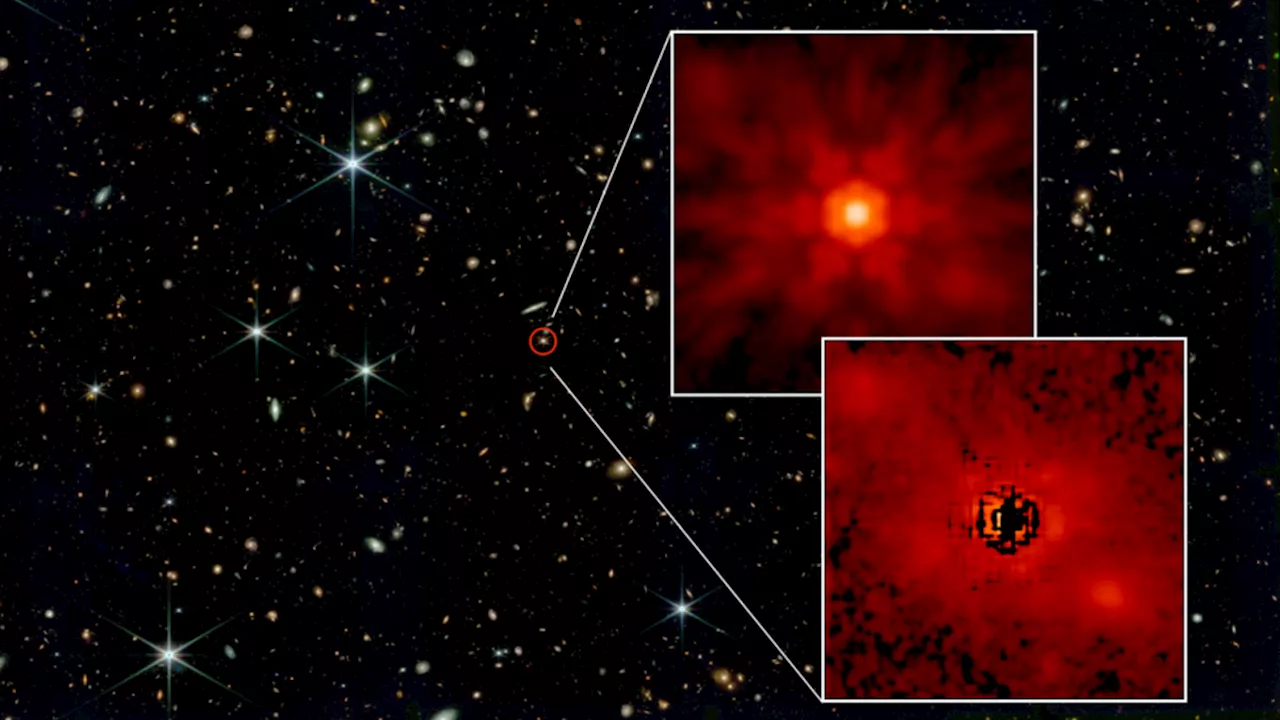 James Webb Space Telescope suggests supermassive black holes grew from heavy cosmic 'seeds'Robert Lea is a science journalist in the U.K. whose articles have been published in Physics World, New Scientist, Astronomy Magazine, All About Space, Newsweek and ZME Science. He also writes about science communication for Elsevier and the European Journal of Physics. Rob holds a bachelor of science degree in physics and astronomy from the U.K.
James Webb Space Telescope suggests supermassive black holes grew from heavy cosmic 'seeds'Robert Lea is a science journalist in the U.K. whose articles have been published in Physics World, New Scientist, Astronomy Magazine, All About Space, Newsweek and ZME Science. He also writes about science communication for Elsevier and the European Journal of Physics. Rob holds a bachelor of science degree in physics and astronomy from the U.K.
Read more »
